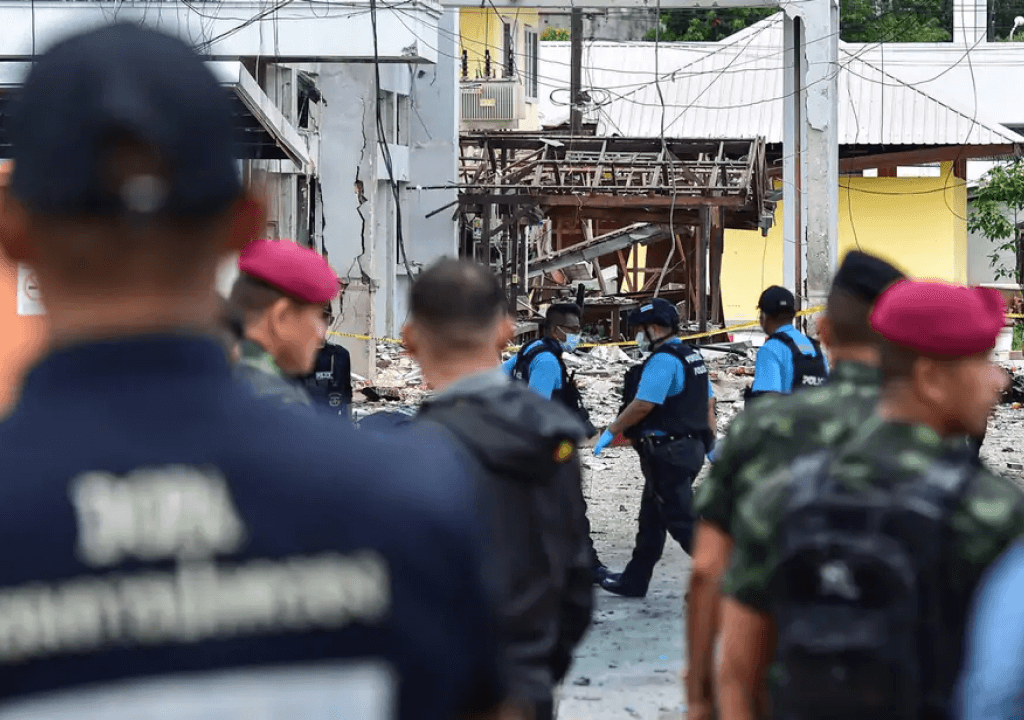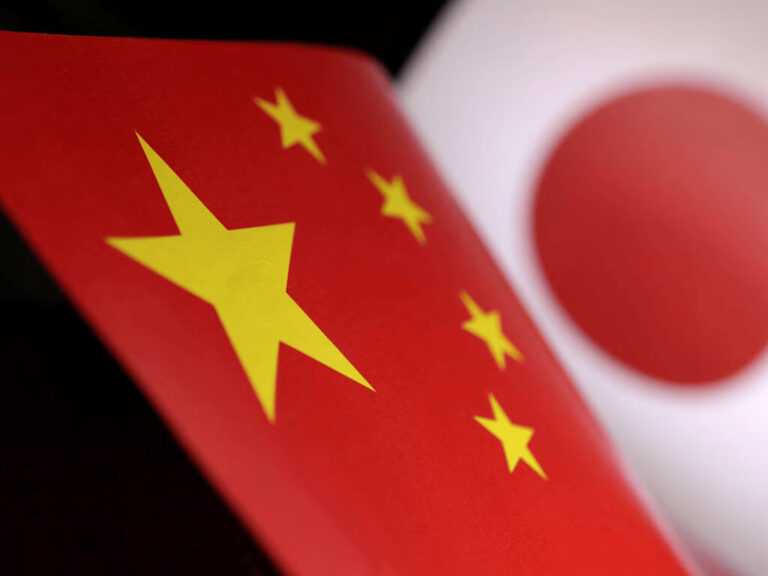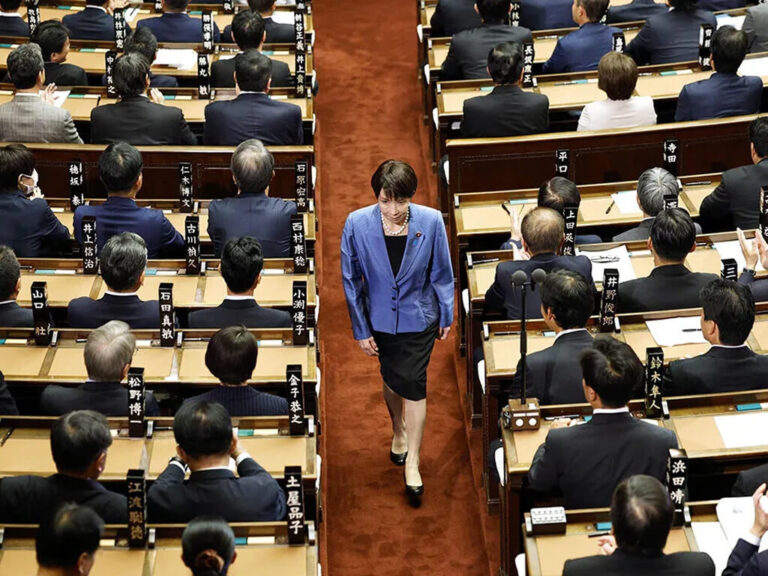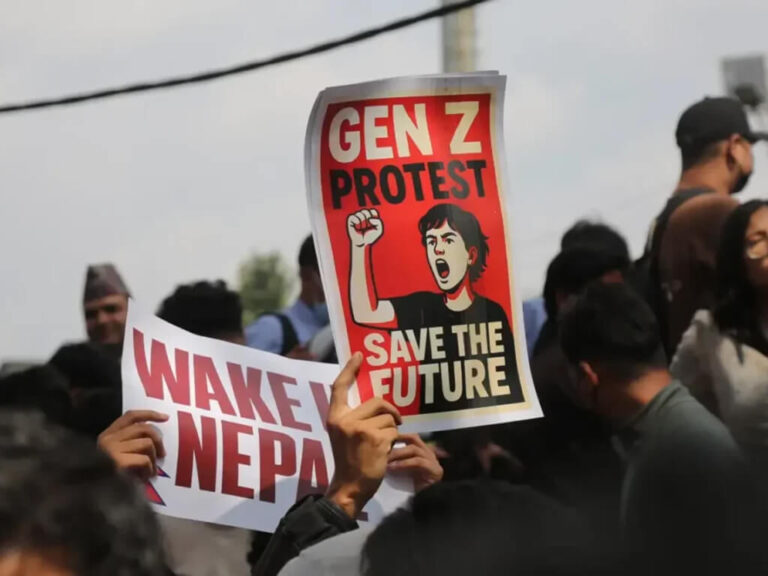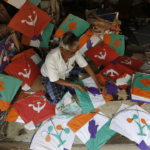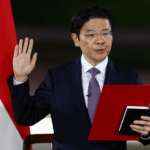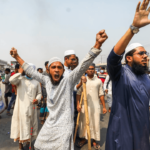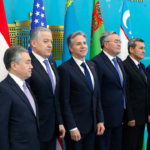Violence is rising in Thailand’s deep south, where most people are Muslim and the region borders Malaysia. Between January and early May this year, there were 38 violent incidents—almost as many as in all of 2024. The insurgents want their own separate ruling system and are seen by some as part of a larger Islamist movement in the region. Thai officials are worried that the resurgence of conflict could worsen and lead to more problems in the south, and trouble unpopular government in Bangkok.
Thailand’s Islamic Region
The ongoing conflict in Thailand’s deep south stems from an ethnic and religious separatist movement rooted in the historical Malay Patani region. Once a Malay Muslim sultanate, Patani was annexed by the Kingdom of Siam in 1785.
The region’s distinct demographic and religious identity has long fueled tensions with the central Thai government—especially after Malaysia gained independence from Britain. These tensions have intensified over time, particularly with the rise of political Islam in both Malaysia and Indonesia.
While the conflict saw sporadic, low-level violence for decades, it escalated sharply after 2001 and surged in 2004. In some cases, the violence has even reached major cities like Bangkok and Phuket.
The Barisan Revolusi Nasional-Koordinasi (BRN-C) is currently the most active and violent group driving the insurgency. The group rejects all negotiations, including with other rebel factions, and aims to make the region ungovernable. According to Human Rights Watch, BRN-affiliated fighters have deliberately targeted civilians, including Buddhist monks and schoolteachers.
What began as a local struggle for autonomy has increasingly been taken over by hardline jihadist groups. Many now follow Salafist ideology and pursue broader, global goals—such as the creation of an Islamic Caliphate. Their objective has shifted from seeking independence for Patani to rejecting any form of non-Muslim rule altogether.
New Wave of Violence
Between January and early May this year, 38 violent incidents were recorded in Thailand’s deep south—nearly matching the total number for all of 2024. Two key events have marked a sharp escalation in the conflict.
The first came in March, after ceasefire talks during Ramadan between Thailand’s National Security Council and the Barisan Revolusi Nasional (BRN) failed. The BRN launched a violent attack on March 9, targeting the Sungai Kolok District Office in Narathiwat province. The assault killed two volunteer defense officers and injured 12 others.
The second major escalation followed the April 18 killing of senior BRN member Abdulroning Lateh by Thai military forces. In response, insurgents ramped up their operations and began targeting civilians—breaking previous norms and rules of engagement.
One of the most brutal incidents occurred on May 2, when a gunman opened fire in a residential neighborhood in Narathiwat, killing three people: a 9-year-old girl, a 75-year-old man, and a 76-year-old blind woman.
In response to the surge in violence, Prime Minister Paetongtarn Shinawatra deployed additional troops to the region to strengthen security. Last week, Deputy Prime Minister Phumtham reaffirmed the government’s willingness to resume peace talks—on the condition that the violence comes to a halt.
Malaysia’s Role
Since the conflict primarily involves ethnic Malays—many of whom share deep cultural and religious ties with Malaysia—there is a widespread belief that Malaysia could play a constructive role in halting the violence and facilitating peace talks.
Critics argue that it could take a more active role in curbing the Barisan Revolusi Nasional (BRN) insurgents. Malaysia may be hesitant to crack down on BRN operatives within its borders, fearing political backlash at home.
Meanwhile, Thai analysts have urged the government to rely less on Malaysia and to give serious consideration to the BRN’s February counterproposal, which includes setting up a formal negotiating team, releasing political prisoners, and allowing international observers to monitor a possible ceasefire.
What will happen next?
The ongoing unrest in Thailand’s southern border region continues to undermine national stability and security. The current ruling government—having come to power through indirect means—must urgently confront the issue. A peaceful resolution would enhance its legitimacy, particularly among younger Thais who remain skeptical of the administration.
Yet resolving the conflict is complex. The rise of political Islam and growing demands for autonomy in Muslim-majority areas governed by non-Muslim states could influence the BRN and many Patani Malays to seek a solution similar to Indonesia’s Aceh model, where a special autonomous status was granted after prolonged conflict. However, such a proposal in Thailand could provoke resistance from the Buddhist majority and spark new political tensions for the government.
For now, The immediate priority is to secure a ceasefire. The Thai government, working in coordination with Malaysia, is expected to present a roadmap aimed at reducing tensions and restoring stability.

